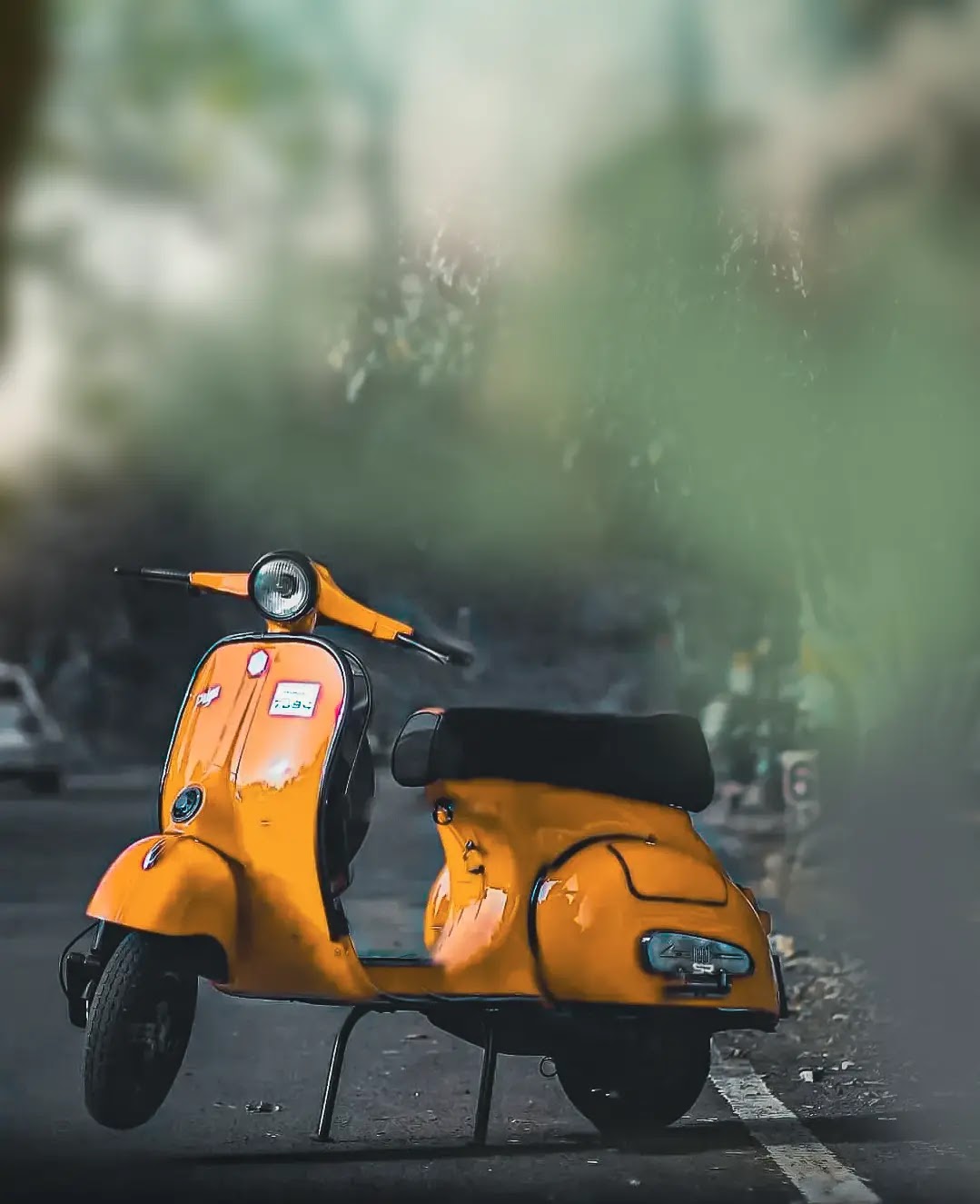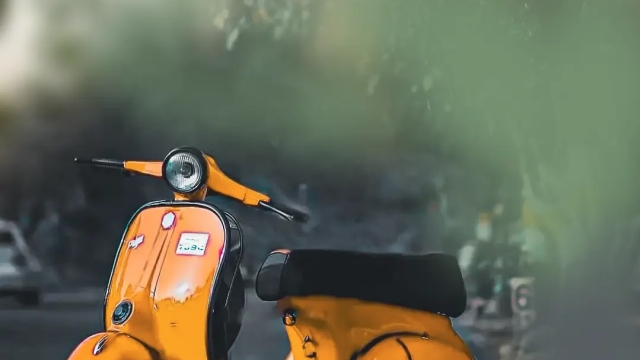
In today’s digital age, video editing has become an essential skill for anyone looking to express their creativity or share their stories with the world. As the demand for engaging visual content continues to soar, mastering the art of video editing opens up a realm of possibilities for personal expression, professional growth, and effective communication. Whether you are a budding filmmaker, a social media enthusiast, or someone simply wanting to enhance their video projects, understanding the nuances of video editing can elevate your work from ordinary to extraordinary.
Embarking on the journey of video editing can be both exciting and overwhelming. With countless software options and techniques available, it can be challenging to know where to start. However, embracing the creative process allows you to explore your unique vision and style. By learning the fundamentals and experimenting with different tools, you can harness the power of video editing to captivate audiences and convey your message in a visually stunning way. Let’s delve into the essential skills and techniques that will help you unleash your creative potential and master the art of video editing.
Principles of Video Editing
Video editing is an art that combines creativity with technical skill. At its core, the fundamental principle is storytelling. An effective edit guides the audience through a narrative, whether it’s a short film, a documentary, or a social media clip. Understanding the pacing and flow of a story helps the editor decide how to move between scenes, ensuring that each cut contributes to the overall message and emotional impact.
Another key principle is the continuity of visuals and audio. Maintaining a seamless transition between shots is vital for keeping the audience immersed in the experience. This involves paying attention to elements like matching action, ensuring consistency in lighting and sound, and using cuts that make logical sense. These techniques create a cohesive viewing experience that feels natural and engaging, preventing distractions that could pull viewers out of the narrative.
Finally, the use of technology and tools is essential in modern video editing. Proficiency in software like Adobe Premiere Pro, Final Cut Pro, or DaVinci Resolve allows editors to manipulate footage creatively. Understanding various effects, color grading, and sound design enhances the storytelling, providing the editor with a versatile toolkit to express their vision. Mastery of these tools not only improves technical efficiency but also empowers creativity, enabling unique artistic expressions in every project.
Essential Editing Tools
When it comes to video editing, having the right tools is crucial for unleashing your creativity. Professional software like Adobe Premiere Pro and Final Cut Pro offer an array of features that cater to both beginners and seasoned editors. These programs provide advanced capabilities such as multi-camera editing, color grading, and robust audio editing tools that elevate your projects to a new level. However, there are also user-friendly options like iMovie and Filmora that simplify the editing process without sacrificing quality, making them great for those just starting out.
In addition to software, hardware plays a significant role in efficient video editing. A powerful computer with a fast processor and ample RAM can drastically improve rendering times and overall workflow. A high-resolution monitor is equally important, as it allows you to view your edits in greater detail and with accurate color representation. Investing in additional accessories like a solid-state drive for storage or a good pair of headphones for audio monitoring can also enhance your editing experience.
Online Video Cutter
Don’t overlook the importance of organization and file management in your editing process. Utilizing tools like Adobe Bridge or cloud-based storage solutions can help you keep your footage, audio, and project files in order. A well-organized project will save time and frustration in the long run, allowing for a smoother editing process. By combining the right software, hardware, and organizational tools, you can master the art of video editing and bring your creative visions to life.
Techniques for Creative Storytelling
Creative storytelling in video editing involves the seamless integration of visuals and sound to convey a cohesive message. One effective technique is the use of pacing and rhythm in your editing. By varying the speed of your cuts, you can build tension during dramatic moments or create a light-hearted atmosphere during more humorous scenes. Consider syncing your edits to the beats of music or sound effects, as this can enhance the emotional impact and help guide the audience through your narrative journey.
Another powerful method is incorporating motifs and visual metaphors. These elements can establish a deeper connection with your audience and add layers of meaning to your story. For instance, repeating certain colors, shapes, or symbols can create a visual thread that reinforces the themes you wish to explore. You can also juxtapose opposing visuals to illustrate conflict or contrast, elevating your storytelling by encouraging viewers to draw their own conclusions from the imagery presented.
Finally, think about the use of transitions and effects to enhance storytelling. Creative transitions can help maintain the flow of your narrative while also highlighting key moments. For example, using a fade to black at a pivotal scene can create anticipation for what comes next. Experimenting with effects and filters can also evoke specific emotions or set a particular tone, allowing your audience to feel more immersed in the story you are telling. By mastering these techniques, you can elevate your video editing from simple cuts to a dynamic form of storytelling that captivates and resonates with viewers.


